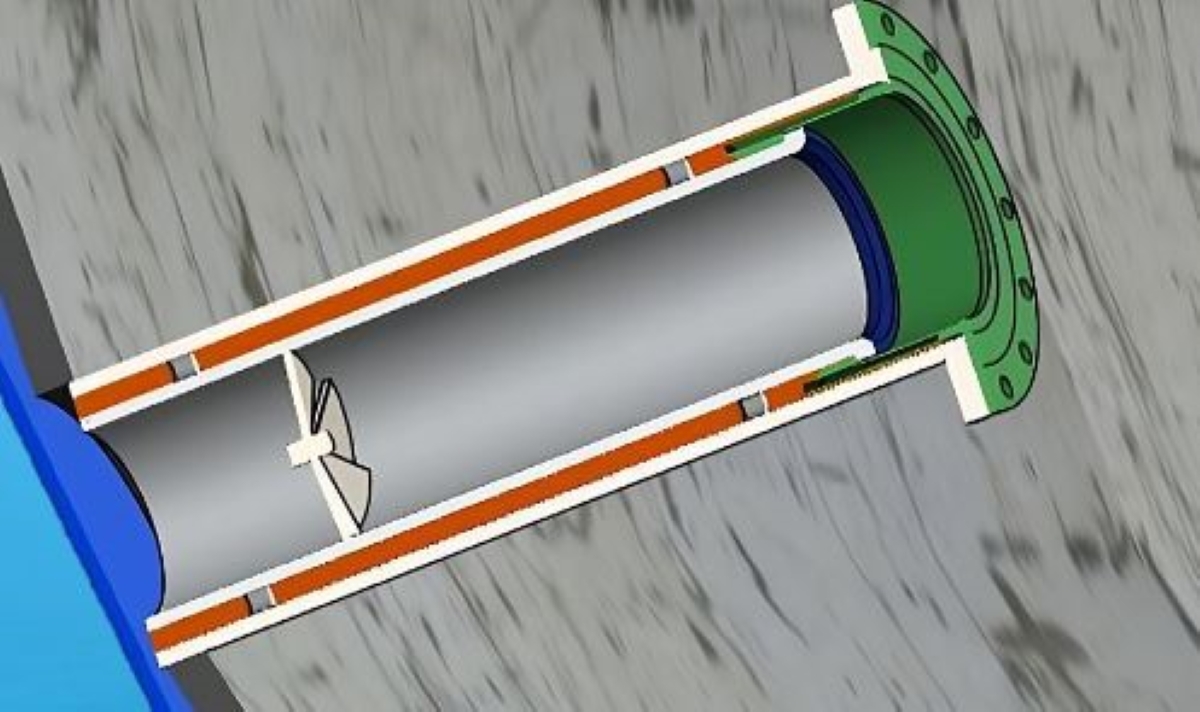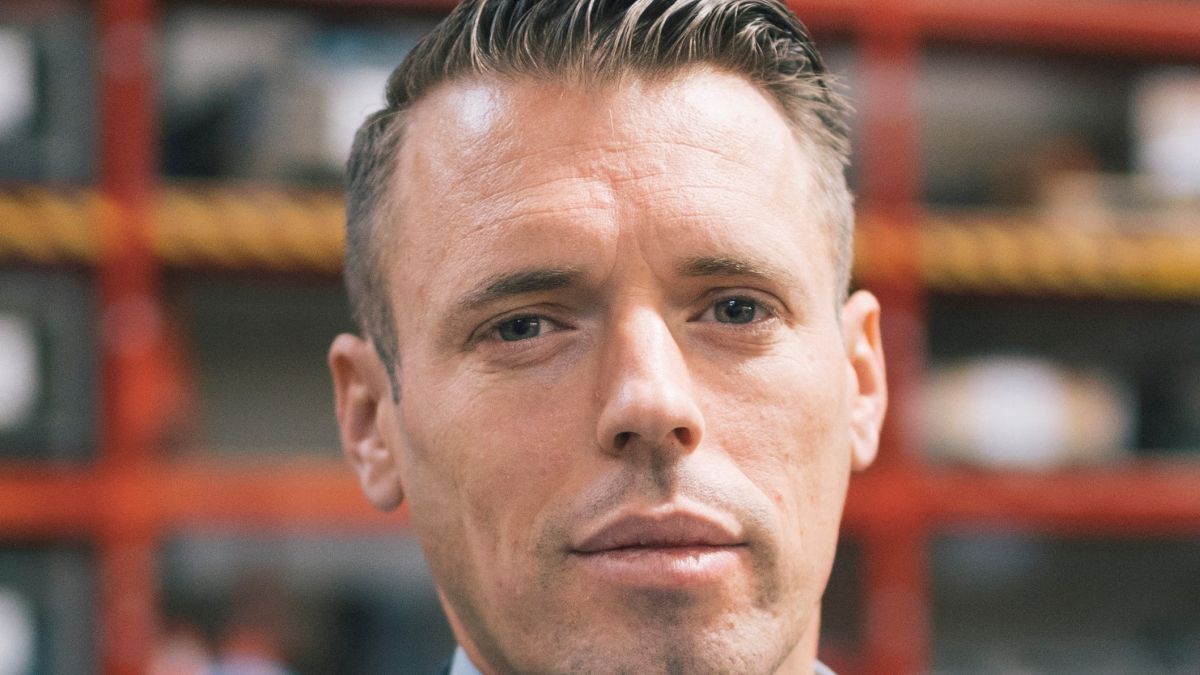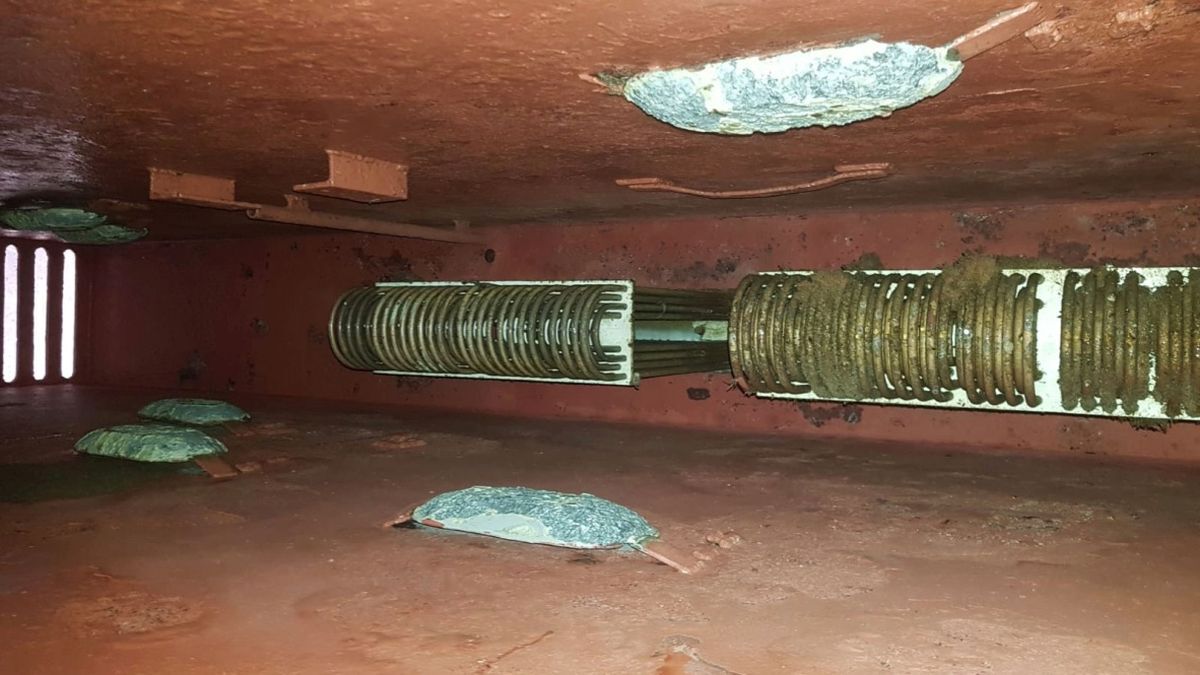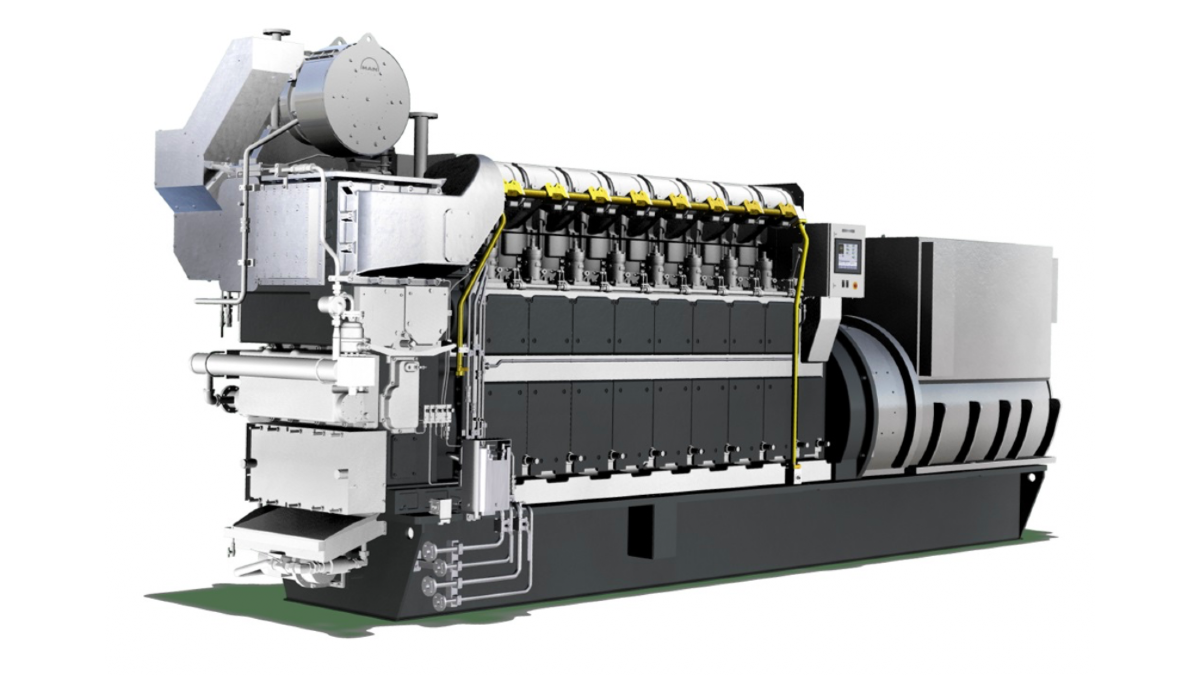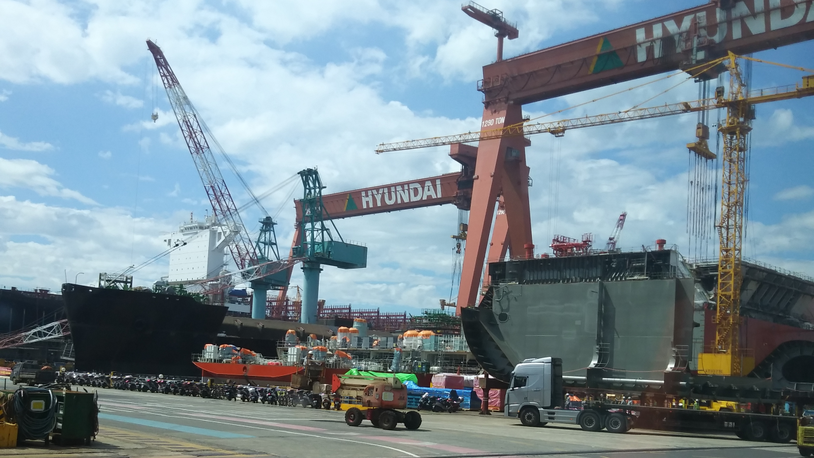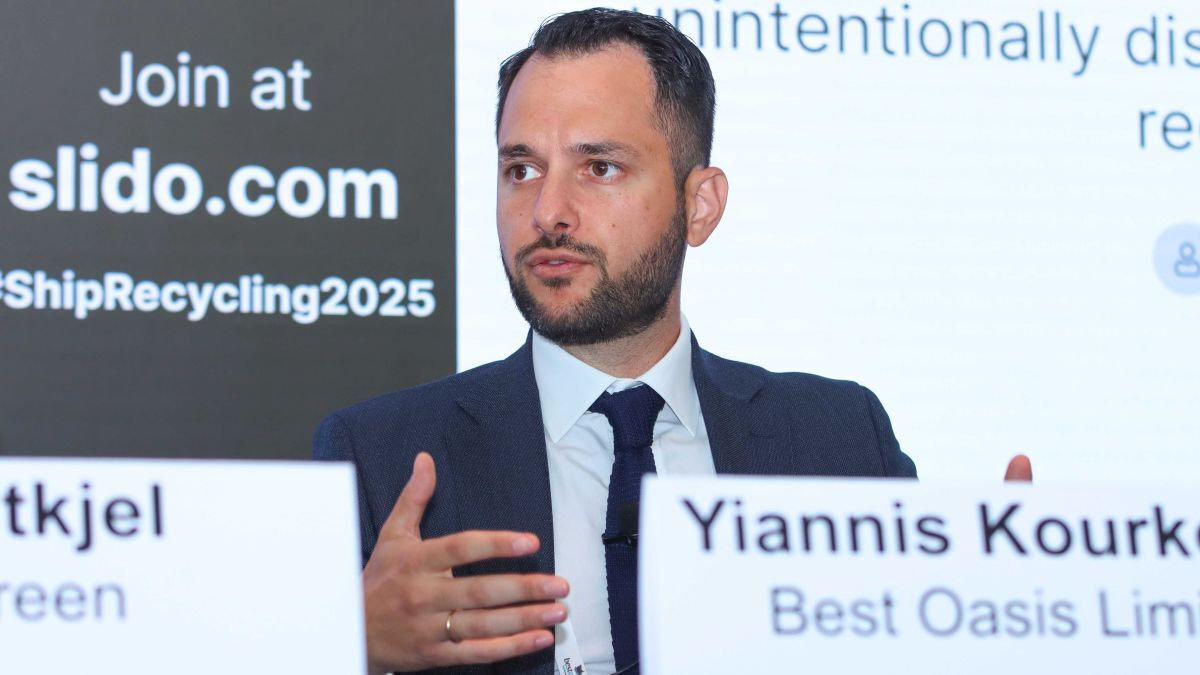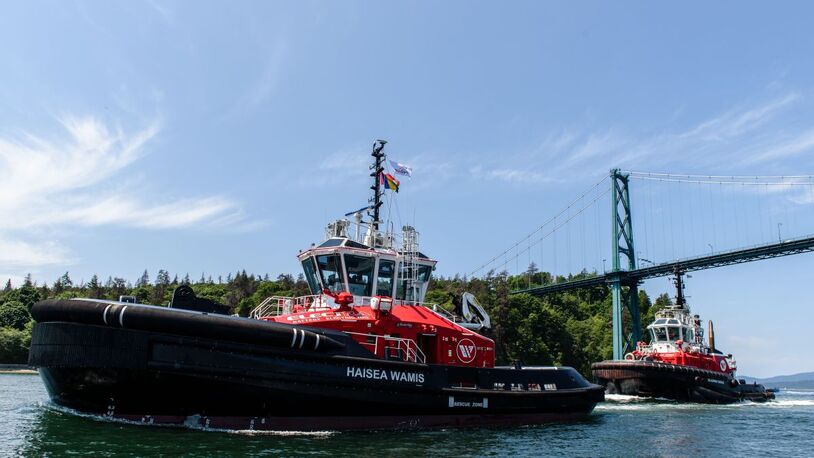Business Sectors
Contents
Register to read more articles.
How to repair corroded outlet pipes at sea
A corroded mild steel outlet pipe or flange can cause leaks into the hull which might not be evident until the engineroom starts to flood. Fortunately, there is now a technique to permanently repair the earliest stage of the pipework leak without drydocking
The vulnerability of corrosion to the mild steel flange and pipework has become evident on vessels that have been fitted with open-loop scrubbers. The acidity of the wastewater from the engine exhaust scrubbing process can be as high as pH3, noted experts on the panel of the Saving downtime costs by repairing overboard scrubber pipework while underway webinar broadcast 14 December 2022.
This was the situation AP Moller-Maersk found itself in after retrofit installation of open-loop scrubbers to a series of vessels. The company approached Wärtsilä Underwater Services for a solution, and it came up with a Lloyd’s Register class-approved solution that will work with any vessel and any outflow. The purpose of the Wärtsilä-sponsored webinar was to report on the efficiency of the process.
Wärtsilä Underwater Services managing director William Winters said, “Scrubbers are an effective way to deal with sulphur dioxide emissions from heavy fuel. The exhaust stream is basically scrubbed to remove the SOx using either seawater or freshwater and discharged overboard.”
He added scrubbers are cost effective and work efficiently but have one significant drawback – corrosion. This is due to the high acidity of the scrubber washwater. This does not occur with closed loop, but these are in the minority – there are more than 5,000 open loop scrubbers in operation, noted Mr Winters.
“The outlet side pipe work and hull plating are the areas most commonly affected (by corrosion),” said Mr Winters and he noted that where a scrubber system uses stainless steel or glass reinforced plastic (GRP) piping, corrosion can still occur on the mild steel flange that is commonly used on the overboard side of the hull. The result is washwater leaking from the flange that can corrode the hull plating as well as the flange, and pin-prick holes in the coating of the mild steel pipe can cause leaks into the ship.
Left unchecked, the corrosion and leaks may develop into catastrophic events, with water finding its way into the engineroom. Even the smallest leaks when discovered must be investigated and may require the suspension of the operation of the scrubber and the use of more expensive low-sulphur fuel. The discovery may also require an unexpected drydocking to repair the corroded parts.
Wärtsilä Underwater Services has developed techniques to replace the corroded pipework and flanges at sea using prefabricated parts. The parts are made from stainless steel inserts, or laser-clad mild steel, and the latest development is a GRP liner piping solution.
The parts are fitted at sea by Wärtsilä Underwater Services highly trained diver engineers. Given the high incidence of corrosion that is occurring, it is recommended that owners act now to order the prefabricated parts and have them ready on board the vessels. This will save a considerable amount of time – with prefabricated parts the repair at sea could be around 36 hours. The repairs in the non-acid impacted materials should last the life of the vessel.
AP Moller-Maersk senior lead specialist Jørn Kahle reported in 2019 and 2020, the company fitted 90 vessels with scrubbers. “All these vessels were fitted with a mild steel pipe overboard pipe with the mild steel pipe protected by an acid-resistant coating,” he said.
He added the outlet pipes ranges in diameter from 350 mm to 700 mm.
Unfortunately, damage and imperfections penetrated the coating and led to water ingress. Coupled with the turbulent flow, the corrosion was rapid. He noted that in one case, a 28-mm thick mild steel pipe was penetrated in three months.
An investigation of other vessels and the scrubber outlets pipework revealed that corrosion was endemic. The company chose not to accept a short-term solution such as recoating pipework, but to work with partners on a long-term solution.
“There were five issues we wanted to cover in the repair,” said Mr Kahle, “First, the materials had to be 100% acid resistant.” The second was that the repair had to be mechanically rigid to prevent damage to other components such as valves and, third, there should be no galvanic reaction between one metal and another.
“The fourth thing that was important for us is to have a repair procedure that is fast and preferably could be done during a scheduled call,” he said, “The fifth requirement was that we wanted these repairs to hold up for the remainder of the life of the vessel.”
The technique derived uses a sleeve and a very hard fixing epoxy to meet the above criteria.
Lloyd’s Register sales manager, material, equipment and components Wolfhard Schlapmann contributed to the discussion saying the non-drydock solution was analysed and found to be sustainable.
Mr Schlapmann made it clear this solution is not just for scrubber overboard pipes, but for any similar pipework, such as for the repair of damaged ballast water treatment system pipework. “This is also not just an intermediate fix until the next drydock,” he said, “It is a permanent and reliable repair.” He added, “This procedure has been counter-checked by LR and is certified by LR.”
Saving downtime costs by repairing overboard scrubber pipework while underway webinar panel:
From left to right:
Lloyd’s Register sales manager, material, equipment and components Wolfhard Schlapmann, AP Moller-Maersk senior lead specialist Jørn Kahle, and Wärtsilä Underwater Services managing director William Winters (source: Riviera Maritime Media)
Related to this Story
Events
Reefer container market outlook: Trade disruption, demand shifts & the role of technology
Asia Maritime & Offshore Webinar Week 2025
Marine Lubricants Webinar Week 2025
CO2 Shipping & Terminals Conference 2025
© 2024 Riviera Maritime Media Ltd.


